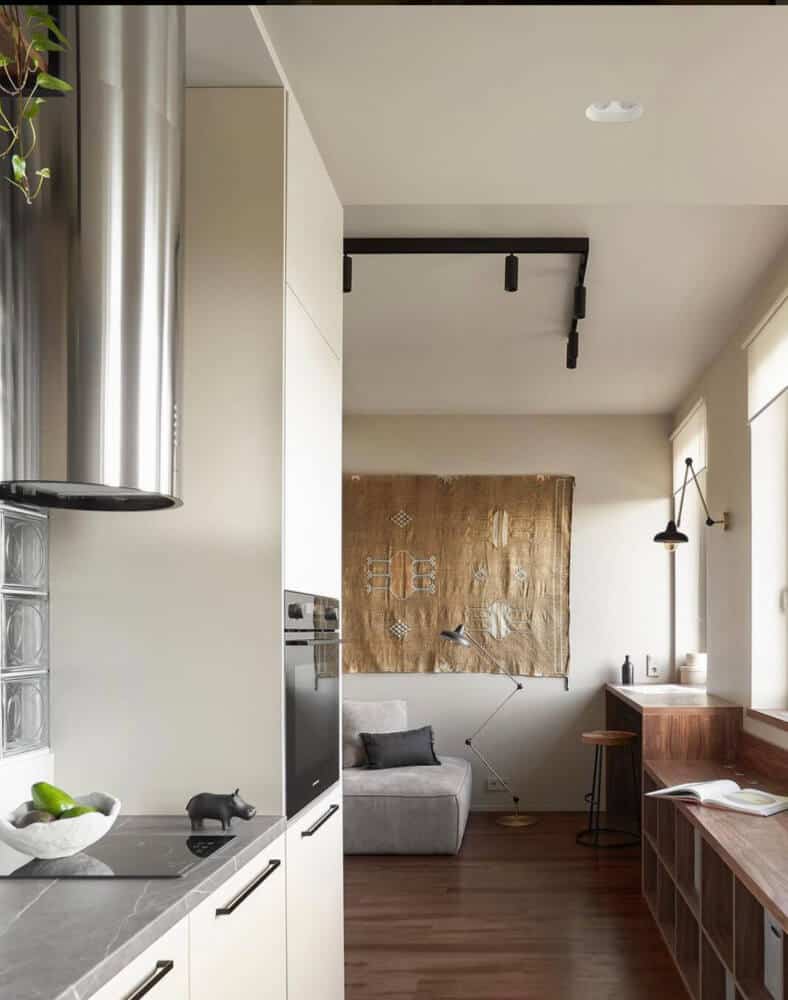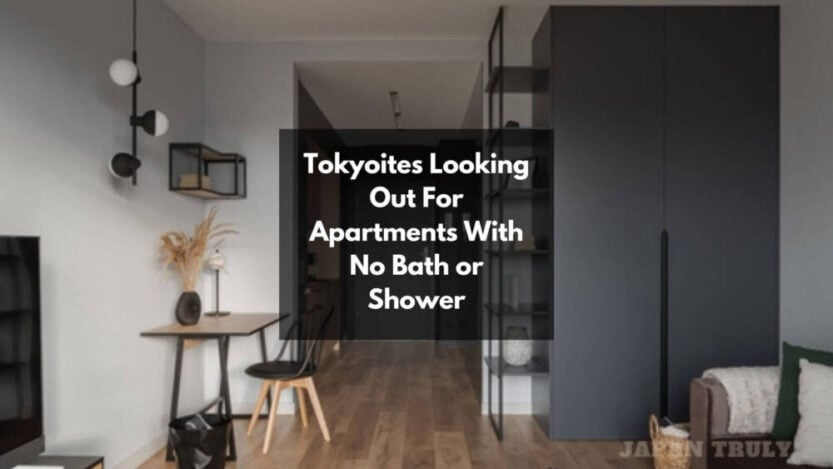In recent years, a unique trend has emerged among young people in Tokyo. Many are opting for apartments with no bath as a way to save money on rent. This type of apartment lacks in-unit bathing facilities, such as a shower or bathtub.
Instead, residents rely on public bathhouses, known as sento, for their hygiene needs. This practice may seem unusual to those unfamiliar with Japanese culture, but it fits well with the minimalist lifestyle and budget-conscious choices of many young renters in the city.
- Financial Benefits
One of the main attractions of these apartments is the lower rent. For example, a studio apartment near Nerima Station in Tokyo can cost as little as 32,000 yen per month. Another example is an apartment near Tabata Station, with a rent of just 33,000 yen per month. These prices are significantly lower compared to apartments with private bathing facilities.

- Retro Appeal
While saving money is a considerable benefit, the retro appeal of this lifestyle is another draw. Public bathhouses provide a communal atmosphere and are reminiscent of a simpler time in Japanese history. Gathering one’s bathing essentials and heading to a sento becomes a daily ritual that many find relaxing and enjoyable.
- Convenience and Comfort

Contrary to what one might expect, living without a private bathroom is manageable in a city like Tokyo. Public baths are still available, and websites like Tokyo Sento Fudosan help renters find apartments near these facilities.
Though sento are not as widespread as they once were, Tokyo’s dense population ensures that they haven’t disappeared entirely. The communal baths often boast larger and more varied tubs than those found in private apartments, providing a more comfortable experience.
- Social Interaction and Hygiene
Public bathhouses also foster social interaction among patrons. They offer a space where people can unwind, converse, and build a sense of community. The hygiene standards are generally high, and the shared baths are regularly cleaned and maintained. For many, this is an opportunity to relax and destress away from home.
- Minimalist and On-the-Go Lifestyles
Young Japanese people, especially those living busy, on-the-go lifestyles, often prefer the simplicity of no-bath apartments. The flexibility it offers allows them to focus on other aspects of their lives, whether it’s work, hobbies, or socializing. This minimalist approach reduces the time and effort required to maintain a private bathing space, aligning well with the needs of today’s youth.
- Tokyo Sento Fudosan
The Tokyo Sento Fudosan website has played a crucial role in popularizing this trend. The platform specializes in listing apartments that lack bathing facilities but are located near public baths. The site helps ease the transition for those new to this lifestyle, making it easier for young renters to find suitable housing.
- Hot Springs and Onsen Culture
Japan’s rich bathing culture extends beyond public baths to include hot springs, or onsen. These natural hot springs offer a unique bathing experience and are an integral part of Japanese culture. While not as common within city limits, trips to onsen are popular for those looking to relax and enjoy a traditional Japanese bathing experience.
Related: How To Rent An Apartment In Tokyo
- Rent Savings and Budget Management
Living in a no-bath apartment offers significant financial flexibility. The money saved on rent can be redirected towards other expenses like hobbies, travel, or investments. Even with the cost of using public baths factored in, renters often end up spending less overall. This makes it an attractive option for those looking to manage their budgets effectively.
- Challenges and Considerations
While there are many benefits, this lifestyle does come with challenges. Sento are not always open 24 hours, which can be inconvenient for those with irregular work schedules. Additionally, the commute to the bathhouse can be less appealing during bad weather. The cost of using public baths, typically around 500 yen per visit, adds up and must be factored into monthly expenses.
- Public Baths and Hygiene Standards
Public baths maintain high hygiene standards. Patrons are required to wash thoroughly before entering the communal tubs, ensuring cleanliness is prioritized. This practice helps maintain a pleasant atmosphere for all users, making the experience enjoyable and sanitary.
- Families and Business Ventures
The trend extends beyond young singles; even some families find no-bath apartments appealing. This lifestyle choice allows for flexible budget management and more communal interaction. Some business ventures are also tapping into this trend by combining housing with amenities like public baths and convenience stores within the same building complex.
- Sento and Social Dynamics
Bathhouses also play a role in the social dynamics of neighborhoods. They provide a common meeting place where people can relax and interact, fostering a sense of community. This social aspect is an important part of why some people prefer living near a sento rather than having a private bath at home.
- Tokyo’s Rental Market
The demand for no-bath apartments reflects broader trends in Tokyo’s rental market. With the high cost of living, many seek ways to reduce expenses while still enjoying the amenities and lifestyle the city offers. The availability of public baths and the support of websites like Tokyo Sento Fudosan make this housing option viable.
- Arata Noguchi and Natsuko Kashima
Individuals like Arata Noguchi and Natsuko Kashima have become notable advocates for this lifestyle. They highlight the practical and emotional benefits, from financial savings to the enjoyment of traditional bathing practices. Their stories add a personal touch to the trend, making it more relatable and appealing to others.
- Public Bathhouses and Traditional Culture
Public bathhouses are an integral part of Japanese culture. They offer a blend of tradition and modern convenience, providing residents with a comfortable and affordable bathing solution. This tradition continues to thrive, adapting to the needs of younger generations looking for innovative ways to live affordably in Tokyo.
- Young Renters and Minimalism
This trend aligns well with the broader minimalist movement. Young renters appreciate the simplicity and efficiency of living without a private bath. It reduces the clutter and maintenance associated with larger, more complex apartments, fitting well with the minimalist ethos.
In summary, no-bath apartments represent a growing trend among young people in Tokyo. They offer a blend of financial savings, community, and traditional practice, making them a unique and attractive housing option.
The availability of public baths, cultural appeal, and support from platforms like Tokyo Sento Fudosan all contribute to this lifestyle choice, reflecting broader changes in urban living and rental markets in Japan.
My writing focuses on the various aspects of Japanese lifestyle, from traditional tea ceremonies and flower arrangement to modern fashion trends and pop culture. Through my articles, I aim to share my passion for Japan and provide readers with a glimpse into the rich and diverse world of Japanese culture.
I believe that the key to understanding Japanese lifestyle is to appreciate the balance between tradition and innovation. While Japan has a rich cultural heritage that dates back centuries, it is also a country that is constantly evolving and embracing new ideas and technologies.
Whether you’re interested in learning about the latest fashion trends in Tokyo, or want to explore the ancient art of calligraphy, my writing will take you on a journey through the many facets of Japanese lifestyle. So join me as we explore the beauty and complexity of this fascinating culture together!





